If you want to dive into the world of home espresso, the learning curve can be steep, but some of the consumer grade appliances made by Breville can help make it easier. I originally wanted to purchase a no frills espresso machine like the Gaggia Classic Pro or Rancilio Silvia that come highly recommended as starter machines, but require much more manual operation. However, I was able to find a great deal on a Breville Barista Pro, which is the upgrade model to the very popular Breville Barista Express. You are able to program your shot volume for easy repeatability in these machines, which cannot be done on the Gaggia or Rancilio that I just mentioned, also these Breville machines heat up much faster and can be used in under a minute after turning on, the other machines recommend up to 20 minutes on time before espresso can be made. An important thing to note is that Nespresso, despite its name, is not actually espresso, neither is AeroPress. Only an espresso machine, electric or lever, can generate enough pressure to make proper espresso.
These Breville machines have a built in grinder with similar performance to that of the Breville Smart Grinder Pro. The Pro adds faster heating technology, stepless grind adjustment, a better steam wand, an LCD interface with shot timer and some other small changes such as an angled hot water spout. The Pro loses the pressure gauge that was so prominent in the Express model. If you want to add automatic milk steaming and a touch screen interface the Breville Barista Touch offers those features.
Basics of Making Espresso:
If you know nothing about making espresso, but are willing to make a little bit of a mess and put in some effort these are great options for home espresso. As always you will want to get yourself a scale, some quality coffee and I’ll list some “nice to have” accessories at the bottom of this post.
Espresso recipes are stated as grams of coffee in, liquid/crema out, in how many seconds. A good starting point is 18 grams of ground coffee in, 36 grams of liquid out in around 30 seconds. You will want to adjust your grind size coarser to help the shot pull faster and finer to slow down the shot. This process is referred to as dialing in your shot, which can also entail pre-infusion, pressure, temperature and other variables. However, to start off, just use the default settings and focusing on the grams in, grams out in how many seconds. If you’re buying specialty coffee, sometimes your roaster may be able to help you dial in your shot.
As all grinders have some degree of coffee retention so it is recommended that you purge the coffee stuck in your grinder when adjust your grind size. In my test of a completely empty Pro model, the grinder retained 3.6 grams of coffee, which is pretty high. If you don’t purge you will end up with a shot pulled from a mix of two different grind sizes.
The portafilter and basket is what you will dose your coffee grounds into, the preparation of the puck and tamping is an important step. You can get really advanced with puck rakes, distribution tools and fancy tamps. An improperly prepared coffee puck can lead to channeling where the water finds the path of least resistance and forms a channel in your coffee which can lead to unpleasant flavors. The easiest way to diagnose this is to use a bottomless portafilter.
If you plan on drinking the espresso straight, dialing in the shot correctly is very important, however if you mainly plan on making milk based drinks some of the smaller changes may not be noticeable as you are diluting your espresso with milk.
Steps to making Espresso with Breville Espresso Machines:
- Pull a blank/empty shot into your portafilter, just run a single shot through to warm up your portafilter and basket. Use a clean rag to wipe clean/dry. Your machine will come with regular and pressurized baskets, for best results use the regular/non-pressurized double basket as pressurized baskets are better for pre-ground or unevenly ground coffee.
- The built-in grinder offers time based grinding, however I prefer to single-dose my coffee by starting with an empty hopper and adding 18 grams of pre-weighed coffee in for grinding. You may need to account for grinder retention so check the weight of the coffee coming out as well. I keep a small whiteboard by my machine that shows the empty portafilter weight and the weight + 18 grams. Remember to purge a few grams of coffee if changing grind size or different coffee.
- Give your coffee grounds a small spray of water from a spray bottle to help control static.
- Grind your coffee into your portafilter and prepare your puck. Tamp your grounds evenly and consistently. I’ve listed some tools below that can help with this.
- Place a scale and cup under the portafilter and select the custom shot option for your machine, the manual for the pro is linked here. Tare the scale and pull the shot until you get 36 grams of liquid out. You want this to happen in about 30 seconds, the Pro has a shot timer built in, if you are using the Express you will need to use a scale with a timer or time it yourself.
- Adjust grind setting as needed to modulate taste, like I said, a good starting point is to aim for 30 seconds. There are many options with coffee recipes with different ratios and variables, but this is just our starting point for new home baristas. Try to only change one variable at a time.
- Once your shot in pulled, stir, not swirl, with a spoon and taste. As you begin to refine and dial in your shots you can explore different shot ratios. Ristretto and Lungo shots are different ratios and you can also explore different temperatures and dose sizes. This process will get easier with practice.
- Once you have dialed in you coffee and programmed your shot volume, you can press the shot button and let it run for future shots. However, you need to make sure you have consistent puck preparation for best results. You will need to dial in your espresso every time you get a new bag of coffee, sometimes even with the same type and brand of coffee.
- If you are making a milk based drink, there are lots of videos online that will show you how to steam milk, I’ll link some below that I found helpful. This just takes practice, but I also found that having a thermometer helps with this process. Make sure to clean and purge your steam wand after every use.
- Knock out your used coffee puck and do a quick purge of your machine with a blank shot without the portafilter and basket and wipe your portafilter clean.
- Follow instructions on how to clean and maintain your machine. It’s best to use soft water to prevent scaling. I use Cafiza for weekly back flushing and a Dezcal for descaling. Grindz is a good product for cleaning the grinder since this one is a little harder to get in and clean than standalone grinders.
Conclusion:
If you’re looking for an all in one package with a small form factor to get into home espresso it will be hard to find anything better than these options from Breville. I personally think the Breville Barista Pro is the best option since I like steaming my own milk and like the LCD interface.
I really wish the built in grinder was better, the retention is really high and it’s quite difficult to clean. I’ve ended up purchasing a 1Zpresso J-Max hand grinder to really refine my coffee grind size for espresso (this is an excellent grinder if you’re willing to put in the work of hand grinding). There a lot of options for standalone grinders, but if that’s your plan you should look at buying a dedicated espresso machine without a grinder like the Breville Dual Boiler and pair it with an Eureka Specialita or similar stepless espresso focused grinder. As the name suggests the Dual Boiler has two boilers and allows you to steam and make espresso simultaneously. These other products don’t allow you to do that, you have to pull you shot first then steam your milk. The Dual Boiler also has the advantage of using a 58mm portafilter, which is the industry standard size, whereas the Express, Pro and Touch use a smaller 54mm portafilter.
Overall, I’m happy with the purchase and would recommend the Breville Barista Pro to people wanting to make home espresso, especially if they will primarily make milk based drinks. For the difference in price I believe the Pro is worth it over the Breville Barista Express. The Breville Barista Touch is harder to justify its price increase unless you want automatic milk steaming and the touch screen interface.
One of the disadvantages to a Breville machine is that replacement parts are hard to find outside of the warranty period. If you look up parts for the Rancilio or Gaggia you can find pretty much every single part and keep the machine going for decades. A Breville machine will eventually need to be thrown out once support ends and you cannot locate parts anymore. I talk a little about super-automatic espresso machines here, but the coffee/espresso they produce tends to be lower quality than using a semi-automatic primarily due to grinder limitations on those machines.
Milk Steaming Videos:
Puck Preparation Accessories:
Other Accessories:
Manual for the Breville Barista Pro or Sage BES878 in the U.K.
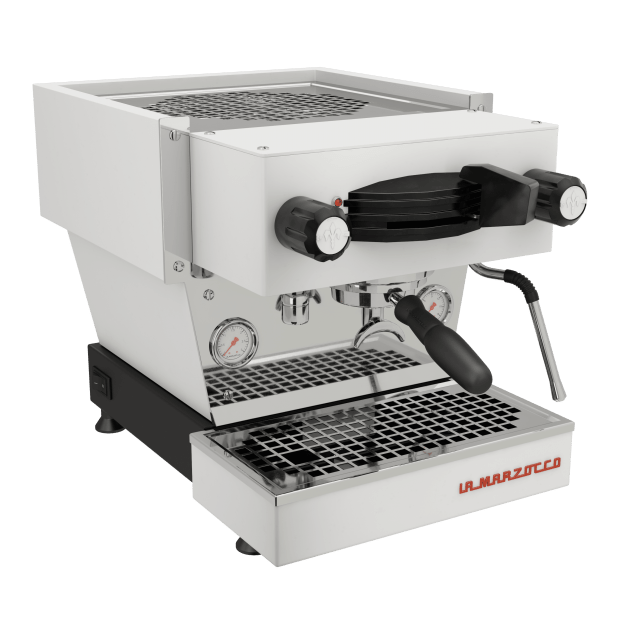
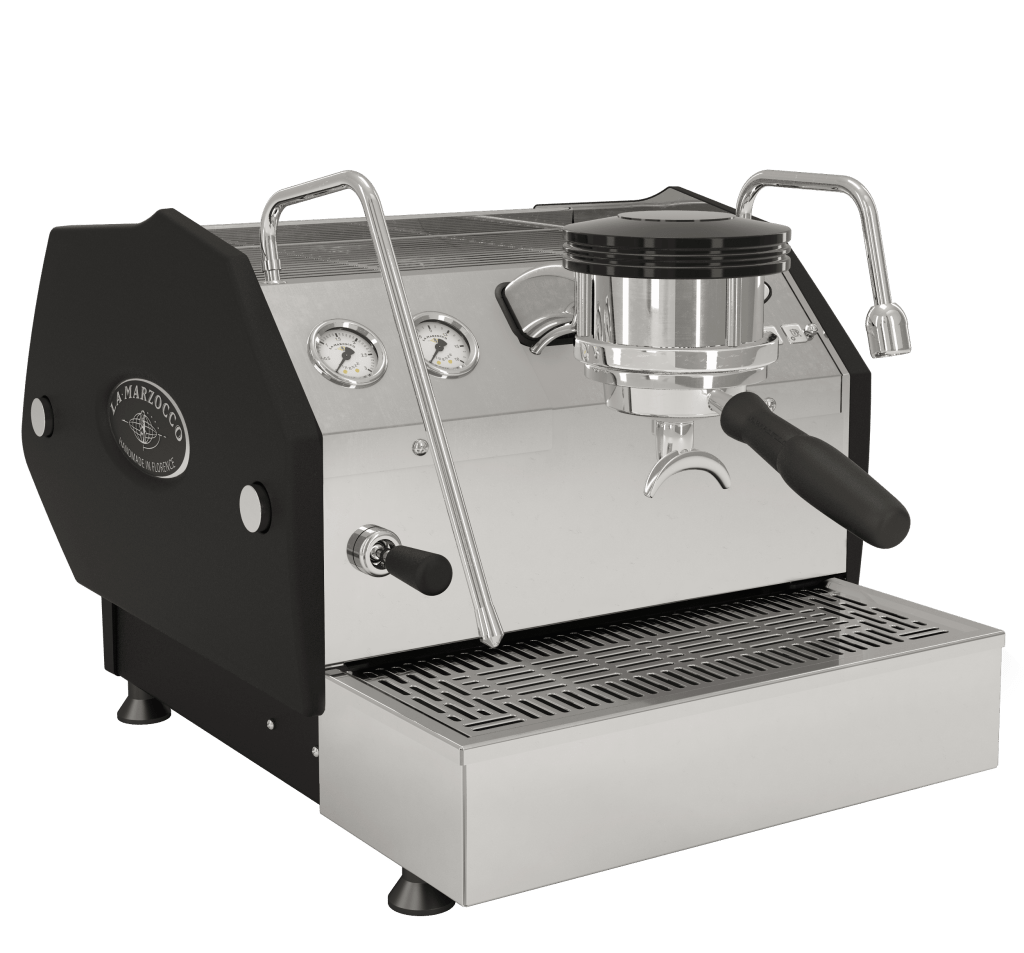

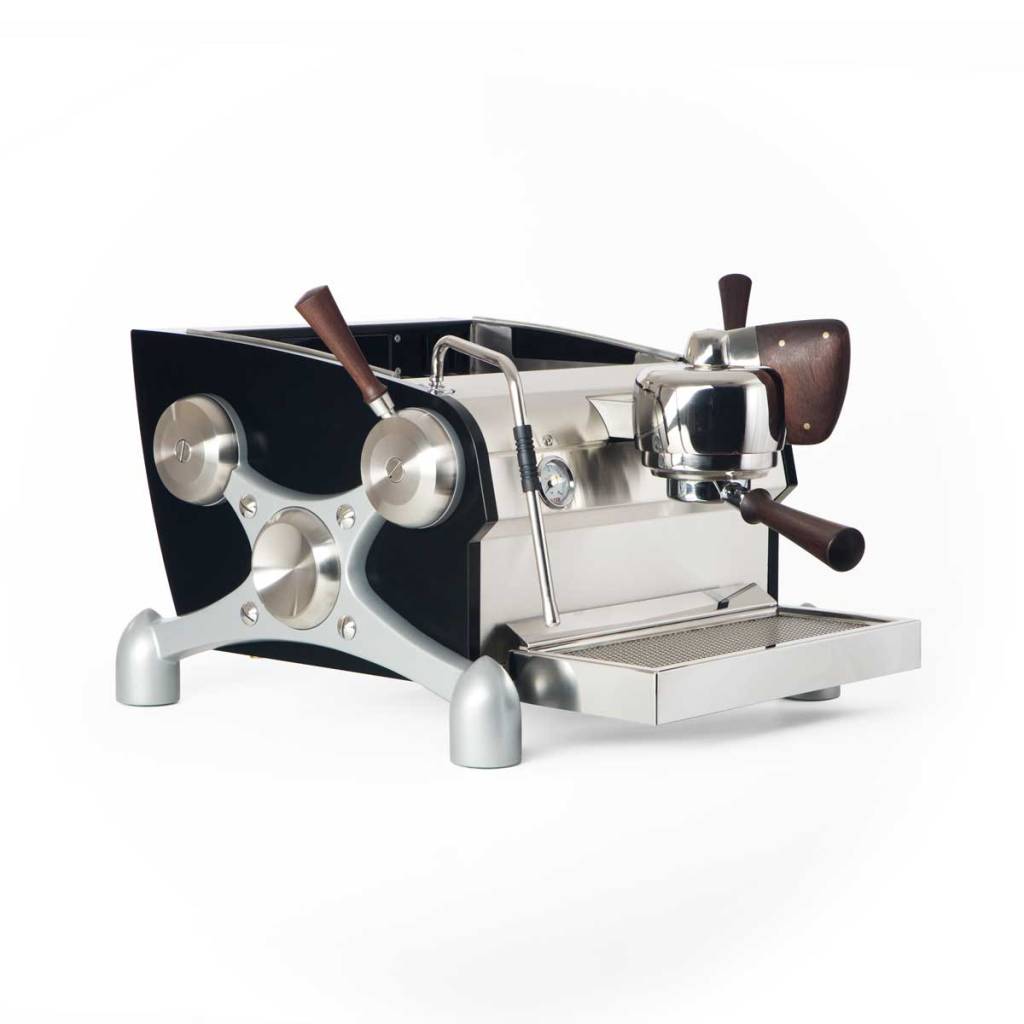

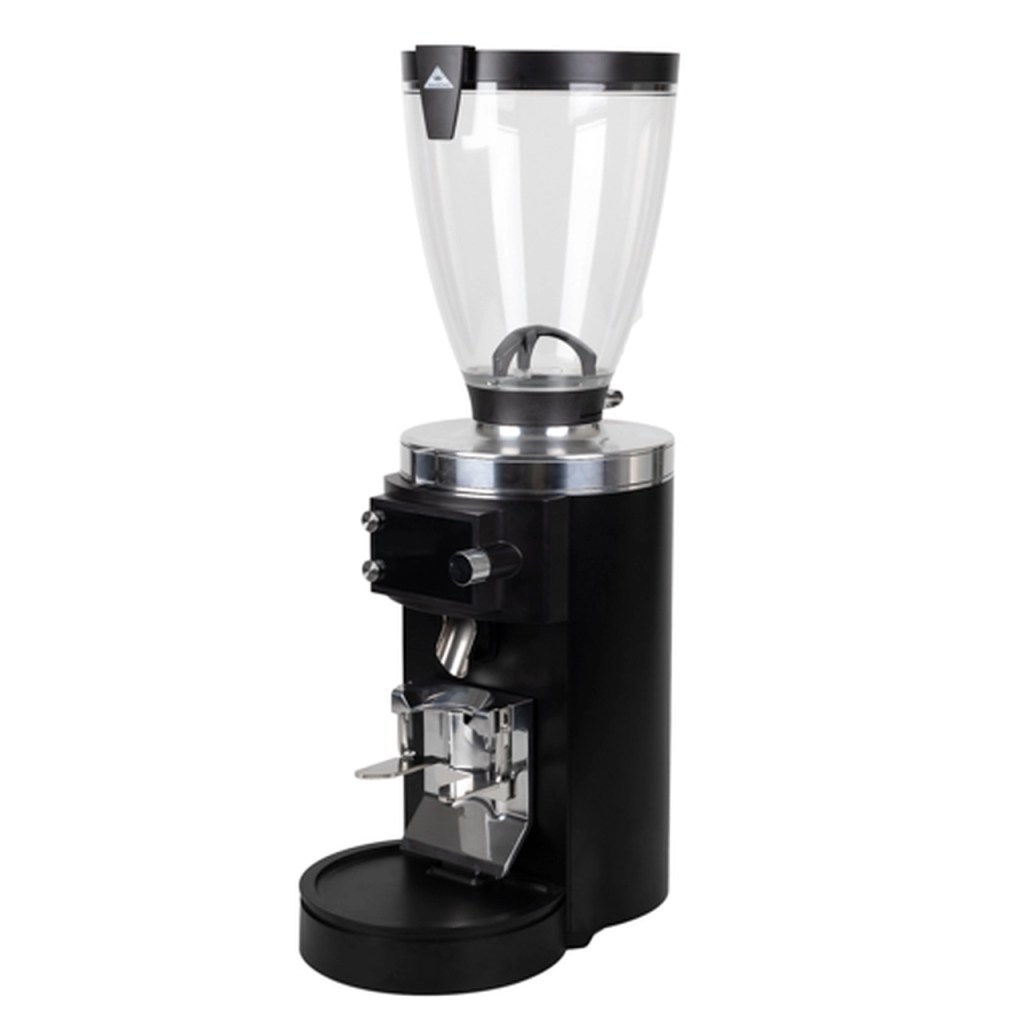
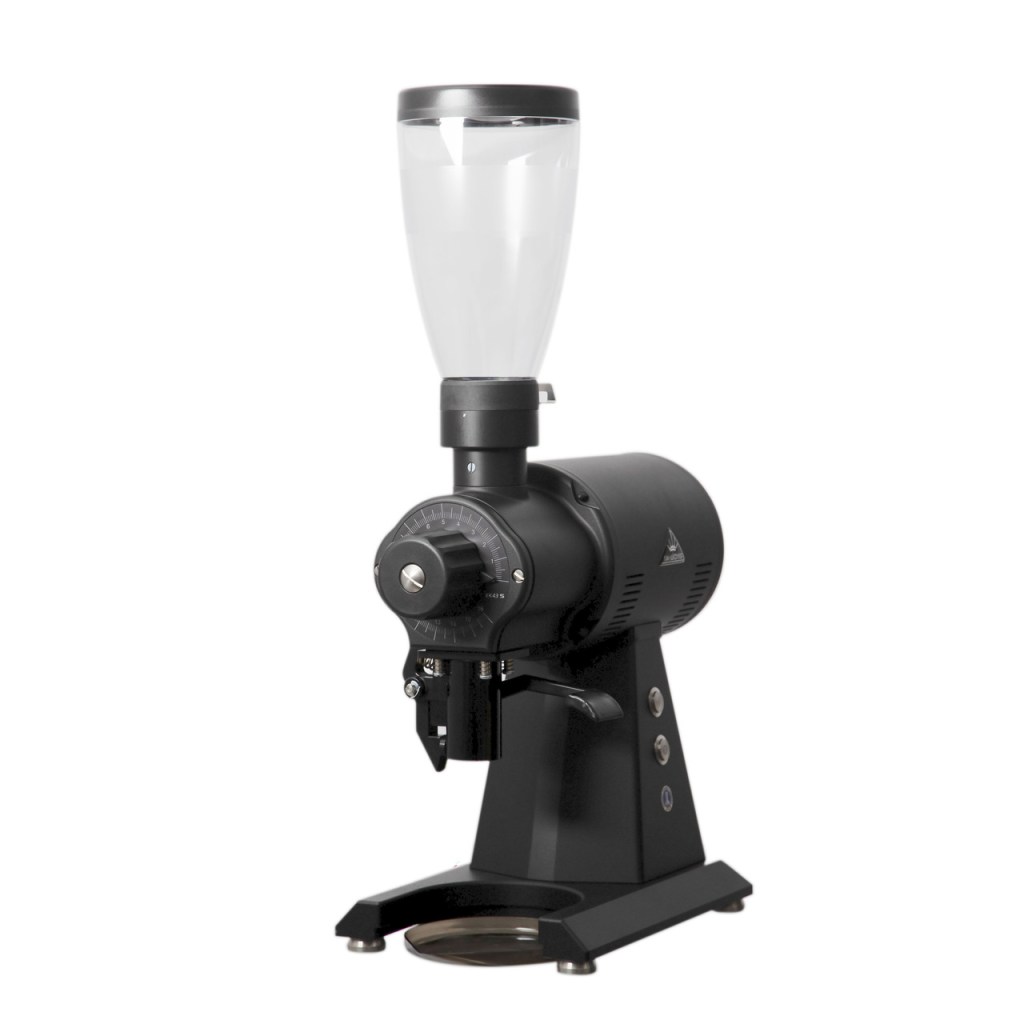


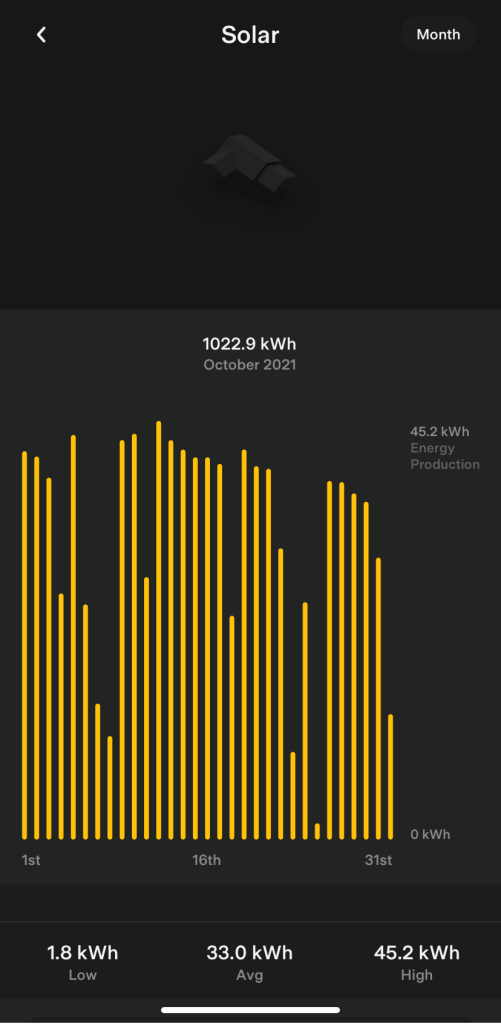
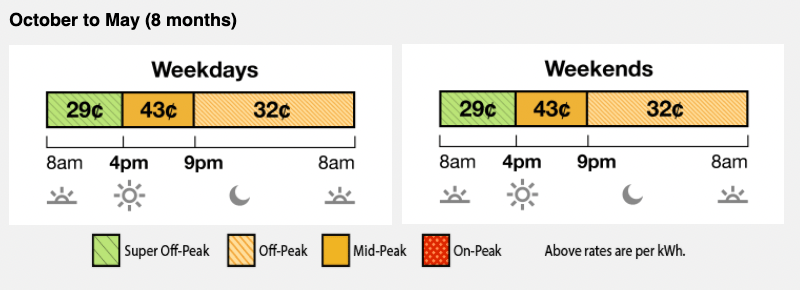

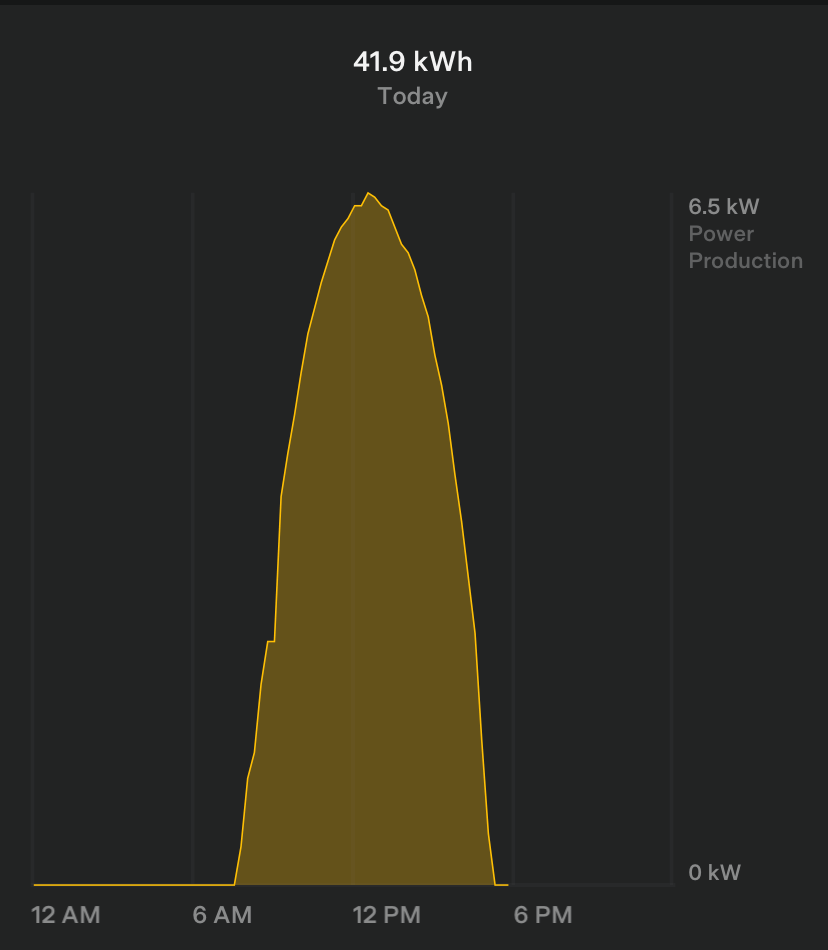

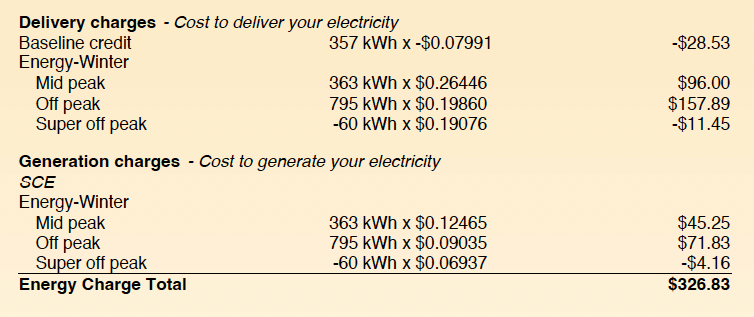


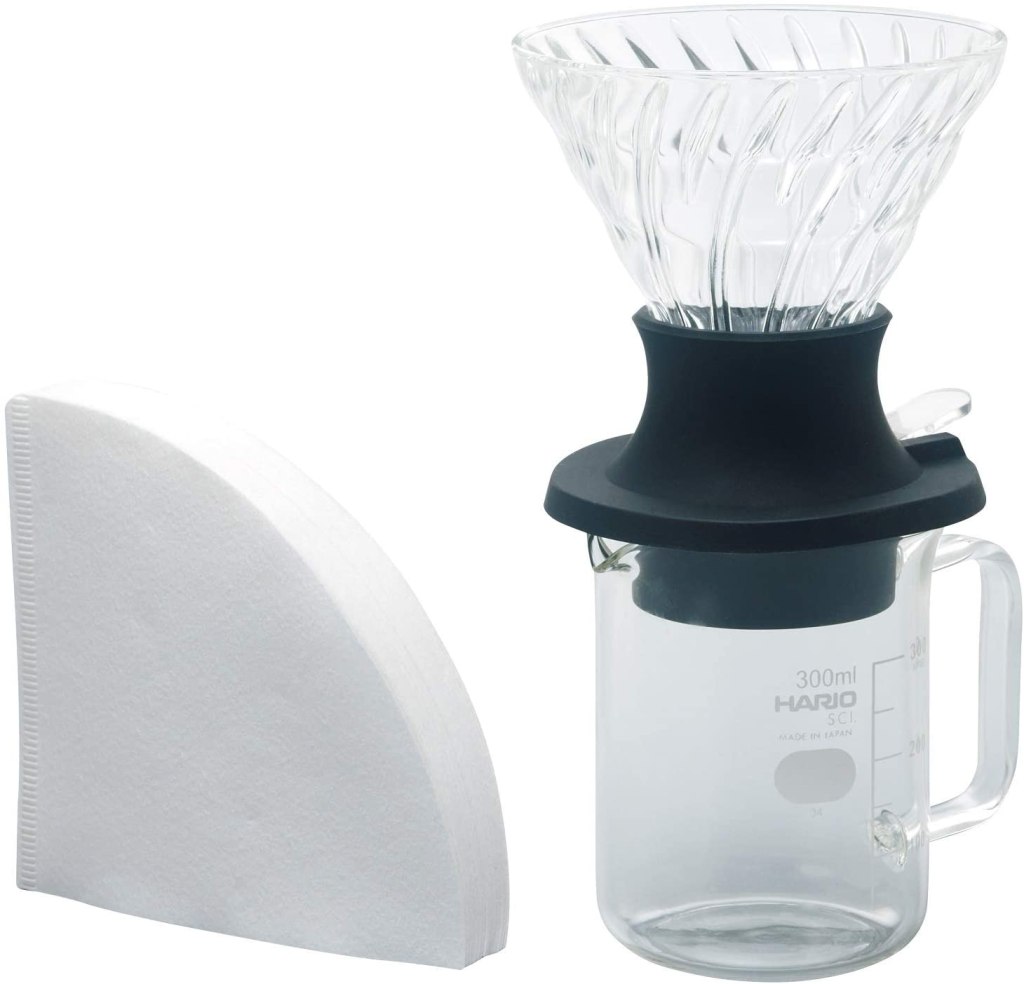

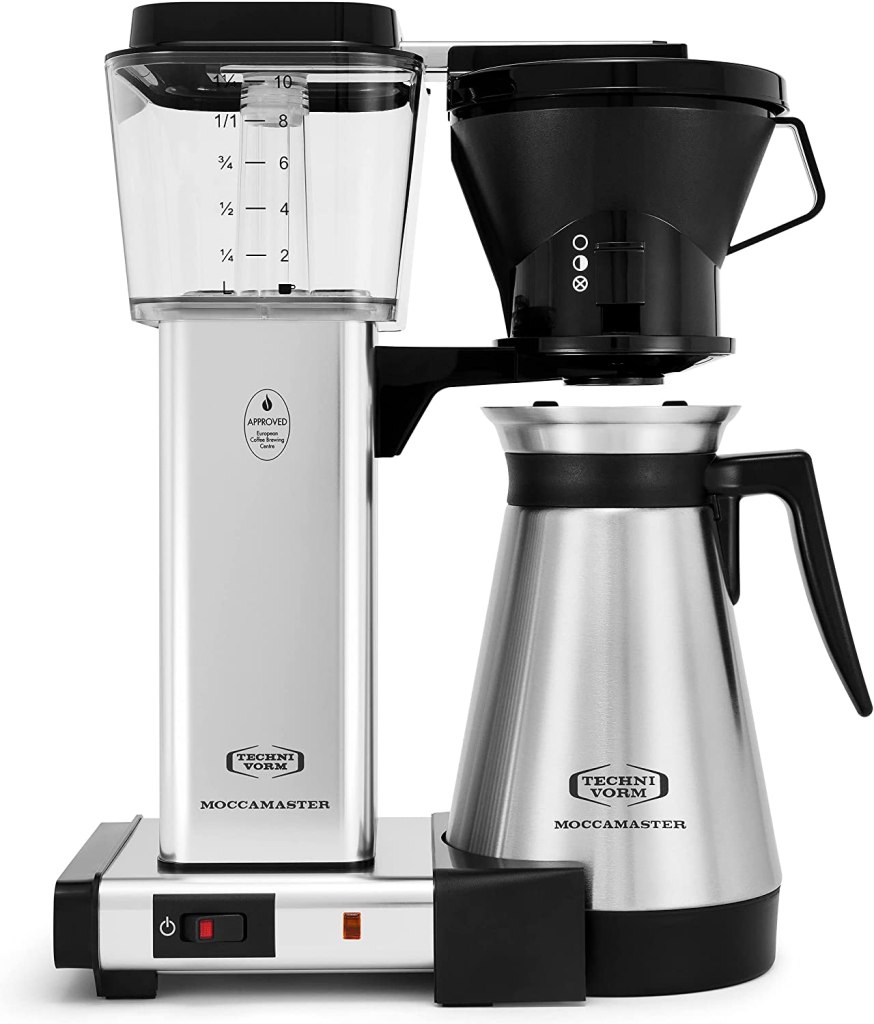
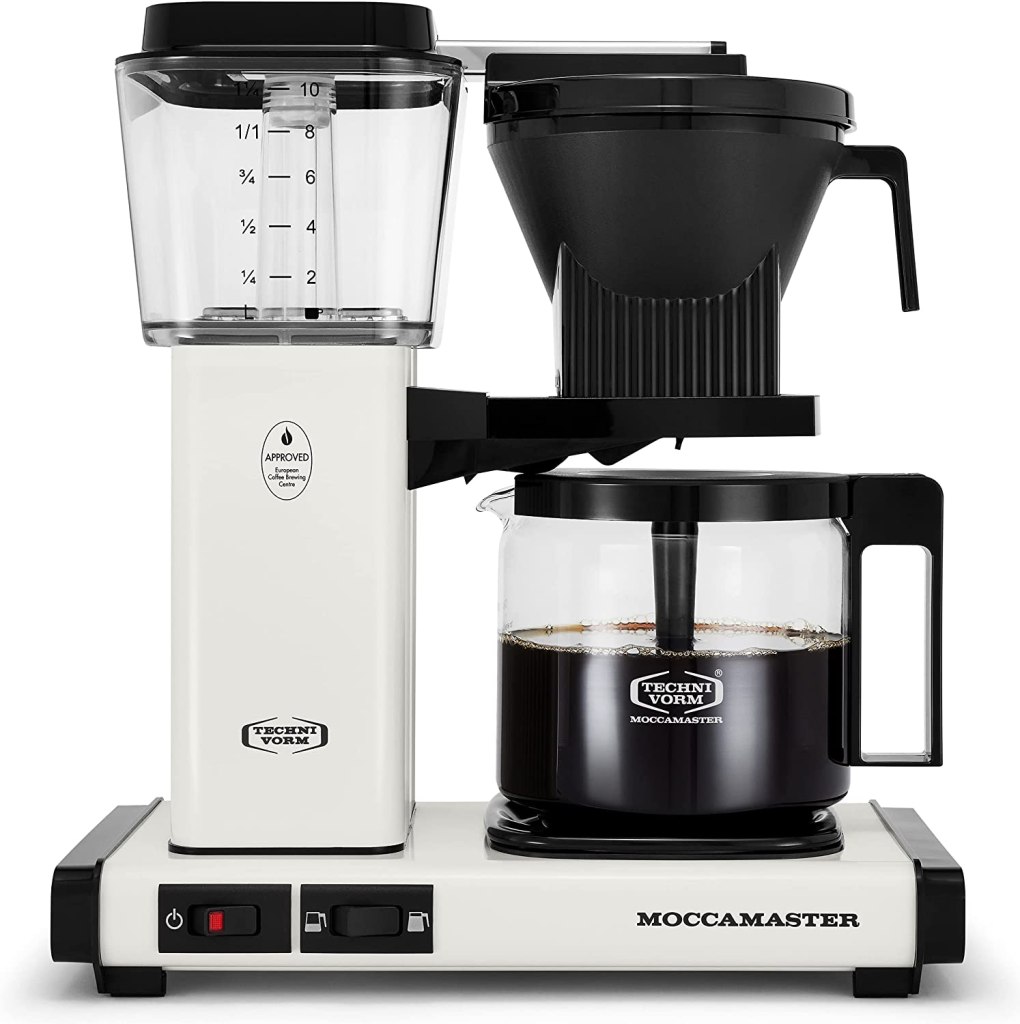






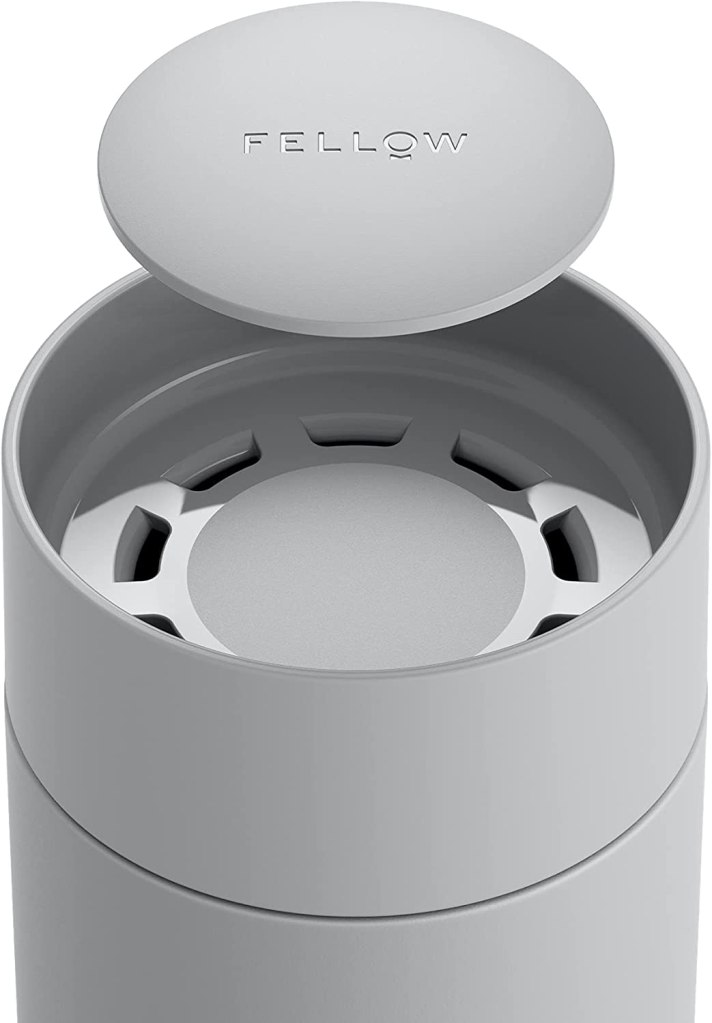



You must be logged in to post a comment.